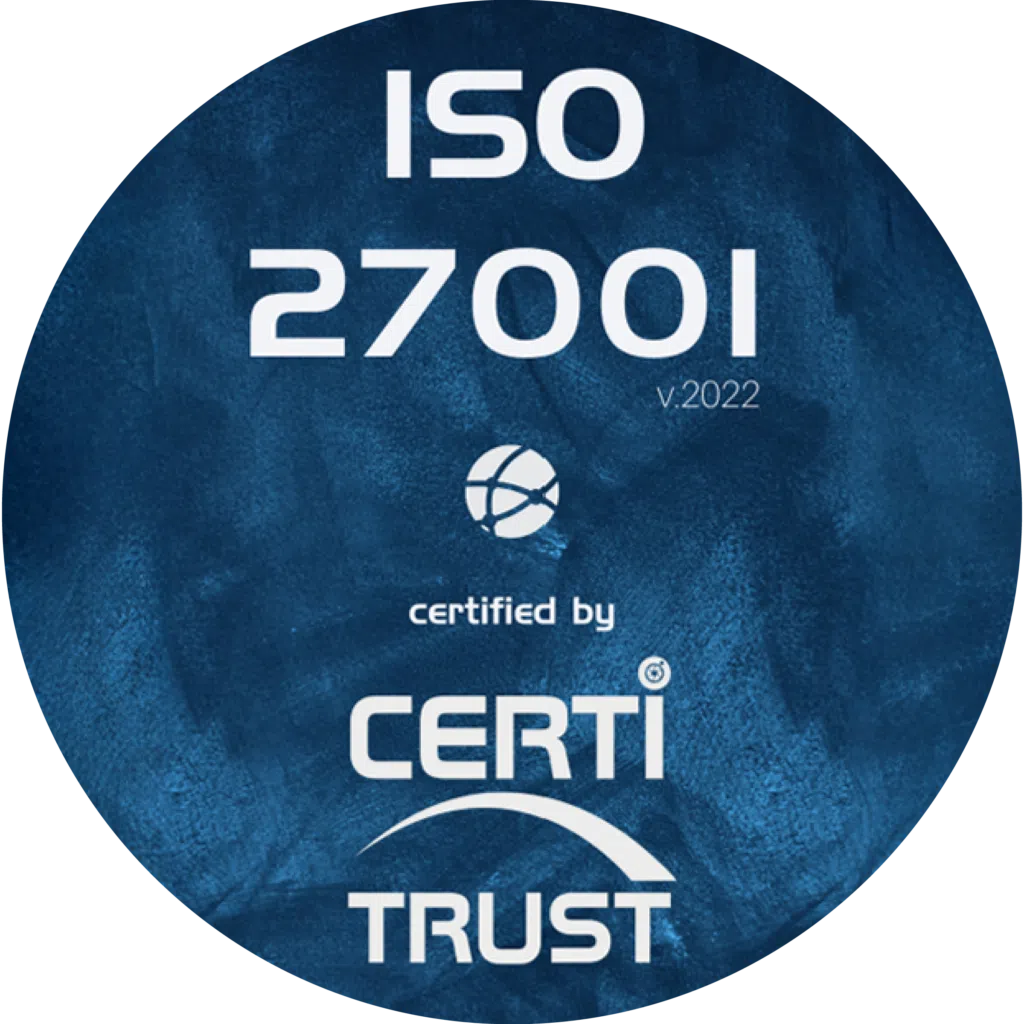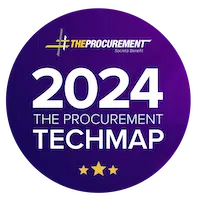From “strategic sourcing” to the “three-way match,” modern procurement speaks a jargon only insiders master. This dense vocabulary—rooted in industry, logistics and finance—grows yearly with English-language acronyms and digital-era buzzwords. Yet decoding it is vital: it drives supplier communication, cost analysis accuracy and internal workflow efficiency.
That is the purpose of this Weproc Glossary: to gather, in one place, up-to-date definitions of the notions that punctuate purchasing life. Classic staples—Incoterms®, TCO, specification sheet—sit alongside the latest concepts in e-procurement and responsible sourcing. Each entry is a single, keyword-rich sentence for easy reference.
Why focus on language? Because a misread “agile sourcing” can derail RFQs; because acronyms like P2P, S2P, VMI hide very different scopes; and because aligned terminology among buyers, supply-chain managers and suppliers prevents costly misunderstandings. Mastering this lexicon saves time, secures processes and showcases expertise at every step of the purchase cycle.
Explore the seven themed sections, follow internal links to deepen your search and come back often: procurement evolves fast and this glossary will be updated with each new innovation and regulation. Finally, share these definitions with your teams—a common vocabulary is the first lever for smooth, high-performance collaboration.
Procurement Software & Digitalisation
-
e-Procurement – Platform that digitises purchase-request creation, approval and tracking through to supplier order issuance.
-
Source-to-Pay (S2P) – Integrated suite covering sourcing, contract, order, receipt and payment for end-to-end traceability.
-
Procure-to-Pay (P2P) – Operational chain focused on “order → invoice → settlement.”
-
ERP (Enterprise Resource Planning) – Core software consolidating finance, production, purchasing and inventory in a single database.
-
SRM (Supplier Relationship Management) – Tool for supplier qualification, evaluation and collaboration.
-
VMS (Vendor Management System) – Software dedicated to managing service providers and temporary labour.
-
OCR (Optical Character Recognition) – Automatic data extraction from scanned invoices or delivery notes.
-
PunchOut Catalog – Supplier-hosted catalogue browsed directly from the e-procurement tool.
-
Approval Workflow – Pre-configured validation chain before sending a purchase order.
-
Electronic Signature – Encrypted, legally binding way to approve contracts or POs online.
-
AP Automation – Automated invoice processing: capture, matching and payment release.
-
BI (Business Intelligence) – Purchase data collection and visualisation to steer performance.
-
API (Application Programming Interface) – Standard connector enabling data exchange between two apps.
-
SaaS (Software as a Service) – Cloud delivery model via subscription with no on-premises infrastructure.
Industrial Purchasing & Supplier Performance
-
Direct Spend – Procurement of goods that enter the finished product.
-
Indirect Spend – Expenses needed to run the company but not built into the product.
-
MRO (Maintenance, Repair & Operations) – Supplies and services to maintain equipment and facilities.
-
TCO (Total Cost of Ownership) – Full cost of a good: purchase price + operation + end-of-life.
-
Should-Costing – Theoretical product-cost calculation to back price negotiations.
-
MOQ (Minimum Order Quantity) – Minimum quantity a supplier accepts per order.
-
OTIF (On Time In Full) – KPI tracking deliveries on the promised date and quantity.
-
PPV (Purchase Price Variance) – Gap between budgeted standard price and actual paid price.
-
Design-to-Cost – Designing a product to meet a target cost.
-
Lean Purchasing – Applying Lean principles to eliminate waste in buying processes.
-
Kanban – Visual system triggering pull-flow replenishment.
-
JIT (Just-in-Time) – Supply aligned exactly to real consumption.
-
Dual Sourcing – Securing supply by splitting volume across two suppliers.
-
VAVE (Value Analysis / Value Engineering) – Joint cost/function optimisation with the supplier.
Tenders & Contracts
-
RFI (Request for Information) – Preliminary inquiry collecting market information.
-
RFP (Request for Proposal) – Tender requiring detailed technical and commercial offer.
-
RFQ (Request for Quotation) – Price request for a clarified product or service.
-
DPS (Dynamic Purchasing System) – Electronic procedure continuously open to new bidders.
-
e-Auction (reverse auction) – Online session where suppliers lower prices in real time.
-
Bid Package – Complete set of contractual documents sent to bidders.
-
Specification Sheet – Document detailing functional, technical and performance requirements.
-
Scoring Matrix – Grid weighting offer-evaluation criteria.
-
SLA (Service Level Agreement) – Clause defining measurable service levels expected.
-
Contractual Penalties – Financial sanctions for non-compliance with commitments.
-
Award Notification – Official communication naming the winning supplier.
-
Framework Agreement – Contract setting general terms for future orders.
Supply Chain & Planning
-
Incoterm® – ICC rule assigning risk/cost transfer points between seller and buyer.
-
Lead Time – Full delay from order placement to goods availability.
-
Safety Stock – Buffer inventory covering demand or delivery variability.
-
Forecast Accuracy – Reliability rate of demand forecasts.
-
MPS (Master Production Schedule) – Mid-term plan converting forecast demand into production quantities.
-
MRP (Material Requirements Planning) – Calculation feeding components and materials from the MPS.
-
DRP (Distribution Requirements Planning) – Method planning inter-site replenishments.
-
DDMRP – MRP extension using demand-driven dynamic buffers.
-
Bullwhip Effect – Amplification of demand variation along the supply chain.
-
Cross-Docking – Logistics flow without storage: sort then immediate shipment.
-
3PL / 4PL – Logistics providers managing warehousing/transport (3PL) or orchestrating the network (4PL).
-
Freight Forwarder – Transport broker organising international shipments.
-
Track & Trace – Real-time follow-up of shipment position and status.
-
WMS (Warehouse Management System) – Software driving warehouse operations.
-
TMS (Transport Management System) – Tool planning routes and optimising loads.
Operational Logistics
-
FTL / LTL – Full Truck Load vs. Less-Than-Truck Load road freight.
-
Consolidation – Grouping several small lots to optimise a transport.
-
Palletising – Packing goods onto a standard pallet.
-
Picking – Selecting items in a warehouse to build orders.
-
Slotting – Optimal bin assignment to cut picking distances.
-
Last-Mile Delivery – Final, often costliest delivery leg to the customer.
-
Reverse Logistics – Managing return flows: defective goods, recycling, deposit schemes.
-
Cold Chain – Temperature-controlled logistics for sensitive products.
-
Packaging – All materials protecting the product during storage and transport.
-
Hub & Spoke – Distribution with a central hub feeding regional spokes.
-
Zero-Kilometre – Minimising distance between production and consumption to cut CO₂.
Responsible Purchasing, Compliance & Risk
-
Responsible Purchasing – Buying decisions that factor economic, social and environmental impacts.
-
CSR (Corporate Social Responsibility) – Overall approach measuring ethical and sustainable performance.
-
ESG (Environmental, Social & Governance) – Non-financial criteria assessing sustainability and governance.
-
Green Procurement – Policy prioritising low-impact products and services.
-
Due Diligence – Deep check before contract: financial health, compliance.
-
Compliance – Adherence to all applicable laws and standards (anti-corruption, GDPR …).
-
ISO 20400 – International standard providing a framework for responsible purchasing.
-
Code of Conduct – Charter stating expected supplier behaviours.
-
Conflict Minerals – Regulated raw materials from conflict zones (3TG).
-
Anti-Corruption – Measures preventing bribes and undue advantages.
-
Modern Slavery Act – Law requiring transparency on forced labour.
-
Supplier Risk – Likelihood a supplier fails to meet obligations.
-
Business Continuity Plan – Strategy ensuring activity recovery after a major incident.
-
Force Majeure – Unforeseeable, irresistible event temporarily releasing liability.
Finance & Supplier Invoicing
-
Purchase Order (PO) – Contractual document detailing item, quantity, price and terms.
-
Receipt – Physical and administrative registration of delivered goods.
-
Delivery Note (DN) – Proof listing items actually delivered, signed on receipt.
-
E-Invoice – Structured file sent and archived without paper.
-
Three-Way Match – Matching PO, receipt and invoice before payment.
-
Early Payment Discount – Rebate granted for early settlement.
-
Dynamic Discounting – Variable discount via platform based on payment date.
-
P-Card (Purchase Card) – Payment card for low-value recurring spend.
-
Net Working Capital – Working capital: current assets – current liabilities.
-
DPO / DSO – Days Payables Outstanding vs. Days Sales Outstanding (average payment days).
-
Supplier Account – Ledger tracking invoices, credit notes and payments.
-
Credit Note – Negative invoice issued to correct an original bill.
-
Retention – Percentage held until punch-list clearance or warranty end.
Want to learn more about our Weproc procurement management software?
Contact us or request your 15-minute demo below!








